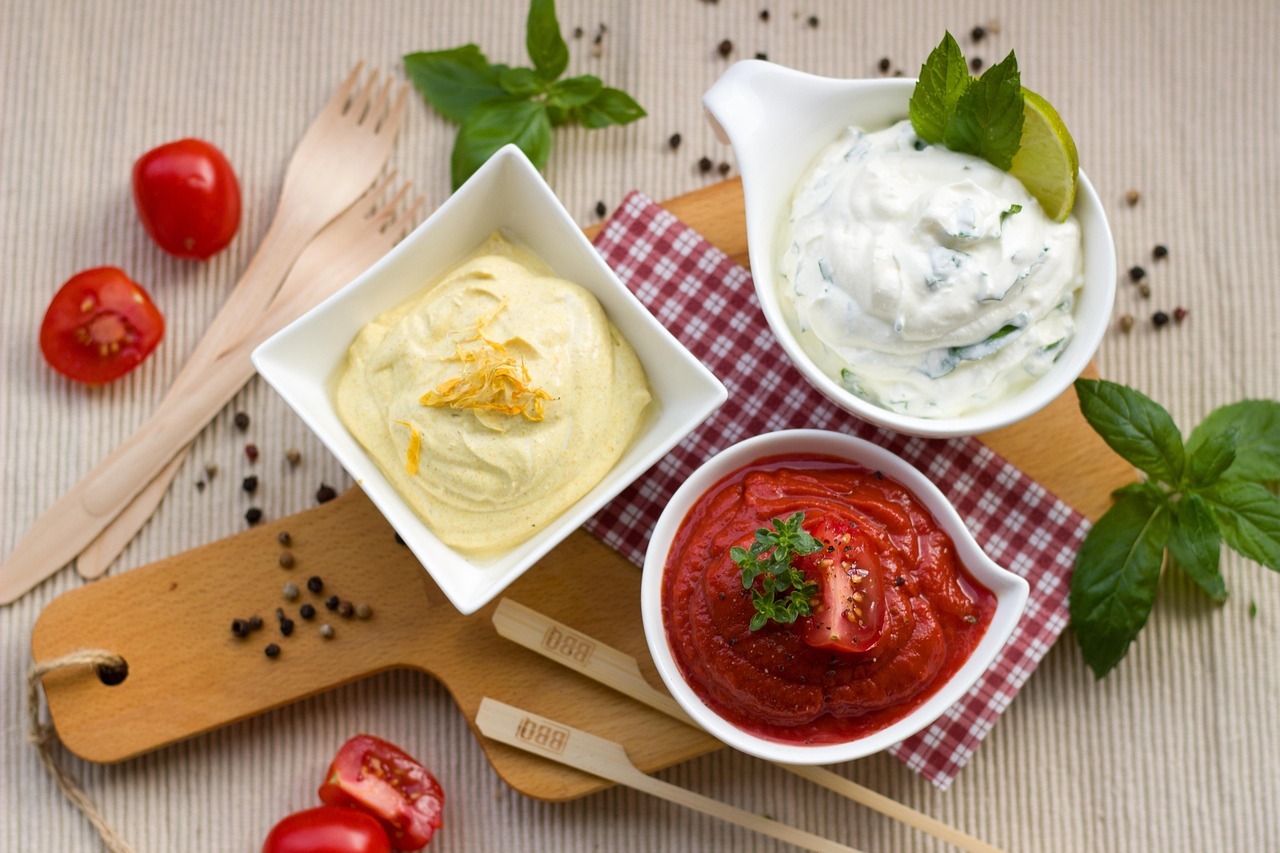7 Chicken Soup Upgrades for Every Season

A classic comfort food, chicken soup doesn’t have to taste the same every time you make it. Its flavors can be adjusted to fit any season with a few simple adjustments: summertime is light and refreshing, wintertime is hearty and spicy, and all seasons in between are well-balanced. Using healthy, widely recognized ingredients that enhance flavor without making cooking too complicated, the following seven improvements will help you turn your basic bowl into something exceptional all year long.
1. Add Fresh Herbs for Spring Brightness

Herbs like parsley, dill, cilantro, and basil can instantly brighten chicken soup, which is perfect for the freshness that spring demands. In order to preserve their flavor, add them near the end of cooking. The freshness is further enhanced with a squeeze of lemon or a little zest. Another option is to make a pesto with a few herbs and swirl it into your bowl right before serving. Richness is cut through by the combination, resulting in a soup that is crisp, light, and fragrant—ideal for early warm days.
2. Stir in Seasonal Vegetables

Utilize the fresh produce that comes in each season to keep your soup interesting. Choose peas, carrots, and asparagus in the spring; zucchini, corn, and tomatoes in the summer; sweet potatoes or mushrooms in the fall; and hearty greens and root vegetables in the winter. The flavor and texture of vegetables are enhanced when they are roasted before being added. This method not only improves nutrition but also gives each batch a unique flavor that reflects the season.
3. Spice It Up with Global Flavors

Try using mild, well-balanced spices to give your soup a global flair. For a warming touch, try turmeric and ginger; for a subtle earthy depth, try cumin and coriander. Use lime, chili, and cilantro for a Mexican-inspired version, or lemongrass and a dash of coconut milk for a Southeast Asian flavor. Always start small and add more or less to suit your taste. These popular flavors from around the world liven up your chicken soup without overpowering the traditional base.
4. Use Grains for Hearty Comfort

Light broth can be made into a filling meal by adding grains like rice, barley, quinoa, or orzo. Each grain contributes a different texture; rice adds softness that absorbs the flavor of the broth, quinoa adds nuttiness, and barley adds chewiness. To keep the soup clear and not too starchy, cook the grains separately and add them at the end. With this addition, your bowl becomes a complete meal that fills and warms, making it perfect for comfort meals after work or during the winter months.
5. Boost Deph with Roasted Chicken or Broth

Before simmering the broth, roast your vegetables or chicken bones to produce a deep, multi-layered flavor. Browning gives the soup a rich aroma and a golden hue while enhancing its sweetness and complexity. For added smokiness, you can even shred any leftover roasted chicken into the soup. Caramelized bits are captured by deglazing the roasting pan with water or broth; those tasty brown bits are crucial. Your chicken soup will taste as though it has been simmering all day thanks to this improvement.
6. Add a Creamy or Tangy Twist

A little acidity, such as vinegar or lemon juice, counterbalances richness, and a dash of cream, coconut milk, or even yogurt can give your soup a decadent texture. Try blending a tiny amount of the soup and then adding it back in for a natural creaminess for lighter options. A more balanced flavor is produced by the contrast between tangy and silky notes. When you’re craving something cozy but not too heavy, this trick is particularly effective in the summer or during transitional weather.
7. Finish with Crunch and Fresh Garnishes

Simple soup can be elevated to a gourmet experience with the correct toppings. For crunch, add some crispy onions, crushed crackers, or toasted seeds. To add color and vibrancy, add chopped microgreens, parsley, or scallions. Aroma and mouthfeel are improved with a drizzle of olive or chili oil. You can customize your bowl based on the season or your mood with these little finishing touches, which also add excitement to every spoonful. In order to have a great soup, each bite must have the right amount of texture, freshness, and warmth.





